Have you ever found yourself scratching your head, wondering why your dog just doesn’t listen, no matter how many treats you wave? You’re not alone. Some dogs seem to march to the beat of their own drum, and it turns out, it’s not always your fault—or theirs! Certain breeds just don’t click with classic training tricks, leaving even the most patient owners a little frazzled. These dogs are clever, stubborn, or so independent that traditional obedience classes can feel like trying to teach a cat to fetch. Ready to meet the canine rebels who like to play by their own rules? Let’s dive into the world of the 15 dog breeds that don’t respond well to typical training methods.
Afghan Hound

Afghan Hounds look like royalty with their flowing coats and elegant posture, but don’t let their beauty fool you. This breed has a fiercely independent spirit. Originally bred to hunt on their own in the mountains of Afghanistan, Afghan Hounds developed a strong sense of self-reliance. This means they often see no reason to follow commands just because a human says so. Training an Afghan Hound can feel like negotiating with a stubborn artist—they’ll only do what you want if they think it’s their idea.
Owners often describe them as “aloof,” and that’s spot on. Standard reward-based training doesn’t always get their attention. Afghan Hounds need patience, creativity, and a lot of positive reinforcement. If you’re looking for a dog that sits on command every time, this breed will keep you on your toes. But if you appreciate a challenge and respect a dog’s independent mind, the Afghan Hound might just win your heart.
Basenji

The Basenji is famous for being the “barkless dog,” but they’re also well-known for their stubbornness. These small, athletic dogs are incredibly smart, but they like doing things their way. Basenjis are hunters by nature, bred to track game in Africa. They had to make decisions on their own in the wild, and they haven’t lost that streak of independence.
Trying to train a Basenji with typical sit-stay-come routines can be a lesson in frustration. They get bored easily and will tune you out if they aren’t interested. Positive reinforcement helps, but the real trick is keeping things fun and unpredictable. Think of training a Basenji as trying to outsmart a mischievous toddler—if you make it a game, you might just win.
Borzoi
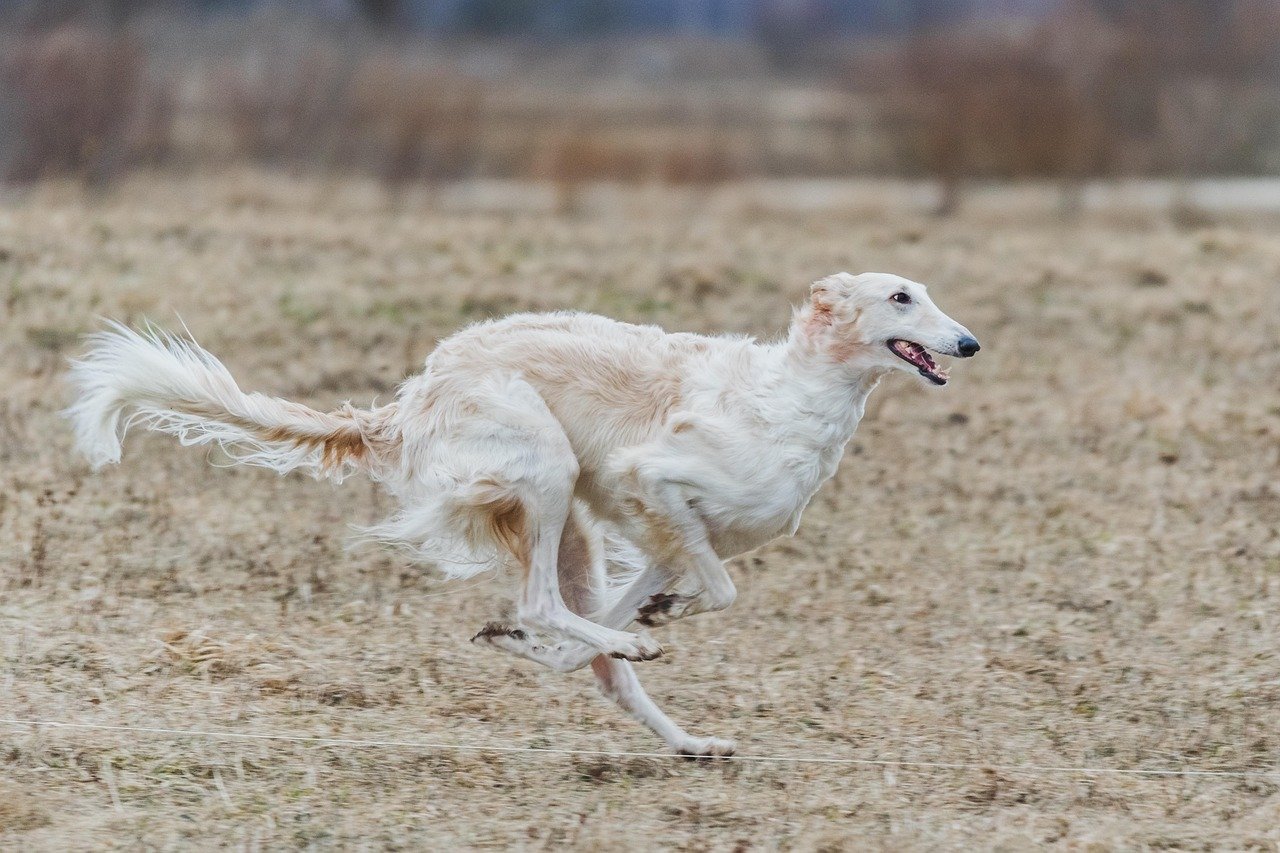
Graceful and gentle, Borzois are often described as “cat-like” in their behavior. This elegant Russian sighthound was bred for hunting wolves, relying on speed and independent thinking. As a result, Borzois don’t see the point in mindless repetition or following orders without a good reason.
If you try traditional obedience drills, a Borzoi might look at you with mild amusement and then wander off to do something more interesting. These dogs respond best to gentle, patient training and lots of positive reinforcement. Harsh corrections or loud voices will only make them shut down. Training a Borzoi requires a soft touch and lots of understanding—they’re sensitive souls who will do things on their own terms.
Chow Chow
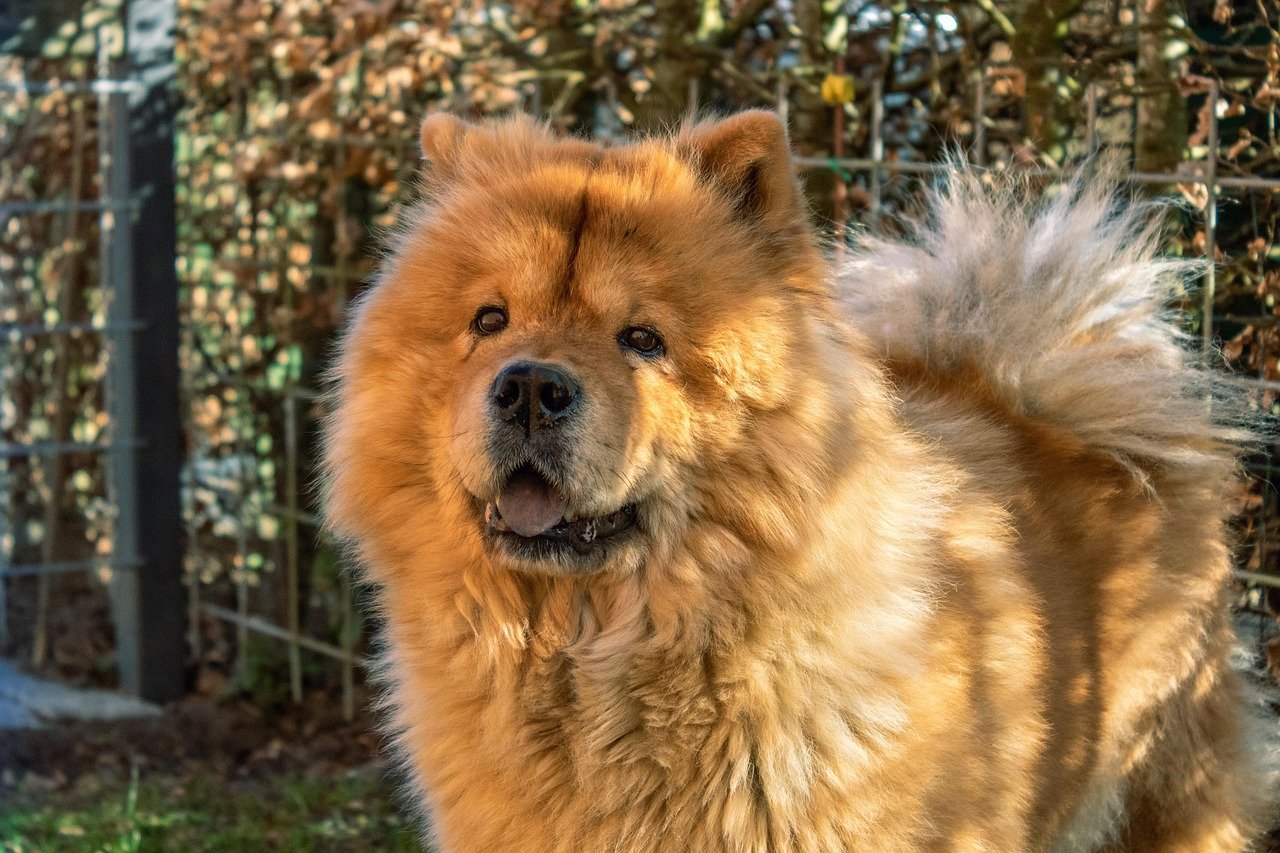
Chow Chows are like the teddy bears of the dog world, but their fluffy exterior hides a stubborn and sometimes aloof personality. Originally bred as guard dogs in China, they’re independent thinkers and don’t feel the need to please their humans just for a treat. This breed is known for being reserved, almost cat-like, in their interactions.
Standard obedience training often falls flat with a Chow Chow. You can ask them to sit or stay, but unless they see a good reason, they’ll just ignore you. Patience, respect, and clear boundaries are key when working with this breed. Early socialization and gentle, consistent training are vital, but even then, don’t expect a Chow Chow to be your eager-to-please companion. They’ll always have a mind of their own.
Scottish Terrier

Scottish Terriers, or “Scotties,” may be small, but they come with big personalities. They were bred to hunt and dig out vermin, which means they’re used to making independent decisions underground, far from human guidance. This streak of independence shows up in their approach to training.
Scotties are intelligent, but also stubborn and sometimes downright willful. They aren’t motivated by the usual praise or treats, and they quickly get bored with repetitive routines. To train a Scottie successfully, you need to keep things interesting and challenging. If you’re not creative, they’ll find their own ways to entertain themselves—often at your expense!
Shiba Inu
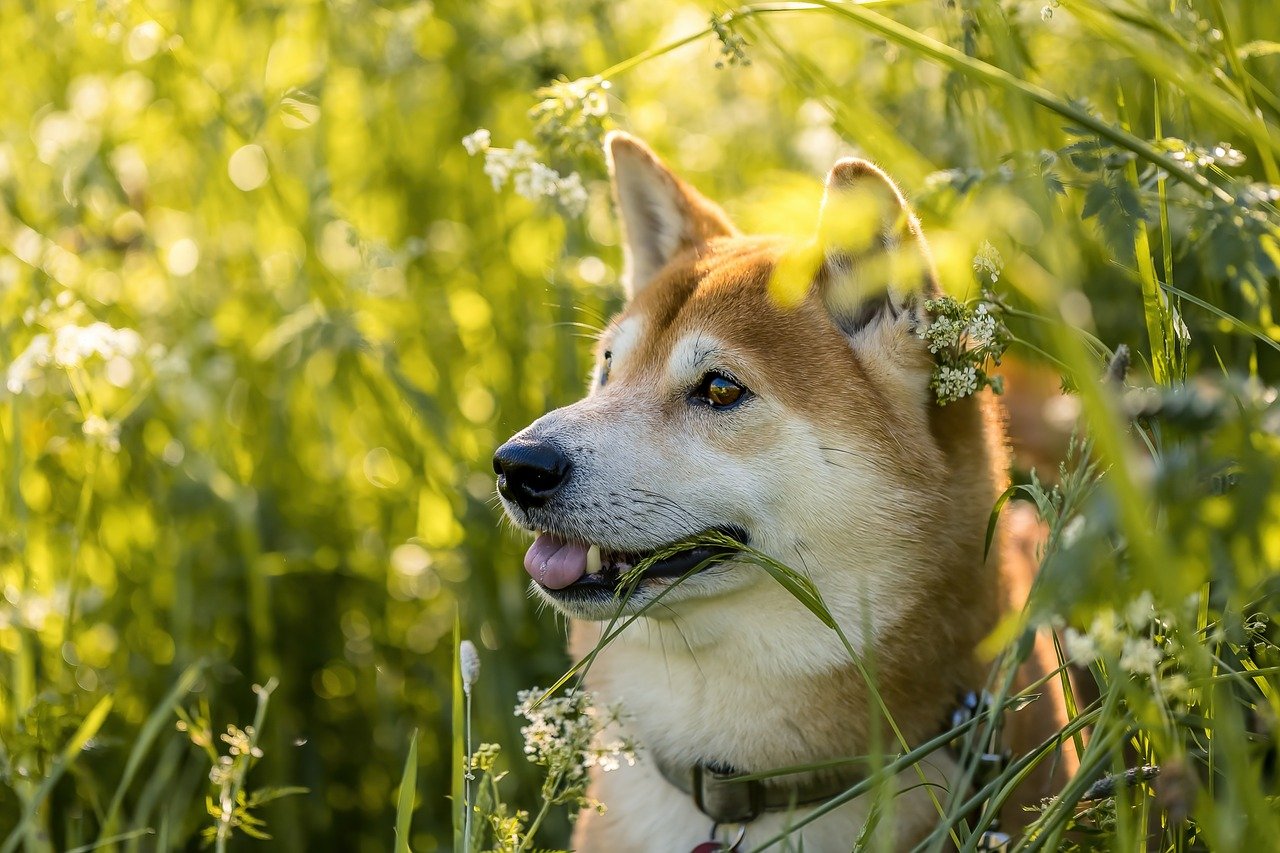
Shiba Inus are often described as “fox-like” in both looks and attitude. Originating from Japan, these dogs are bold, spirited, and fiercely independent. They have a reputation for being difficult to train because they see themselves as equals, not subordinates. A Shiba Inu will question every command you give and will only obey if they feel like it.
Traditional training methods, especially those based on repetition, don’t work well with Shibas. They need short, varied sessions and lots of rewards. Consistency is important, but so is flexibility. Living with a Shiba Inu is a bit like living with a stubborn roommate—you have to pick your battles and learn to compromise.
Bloodhound
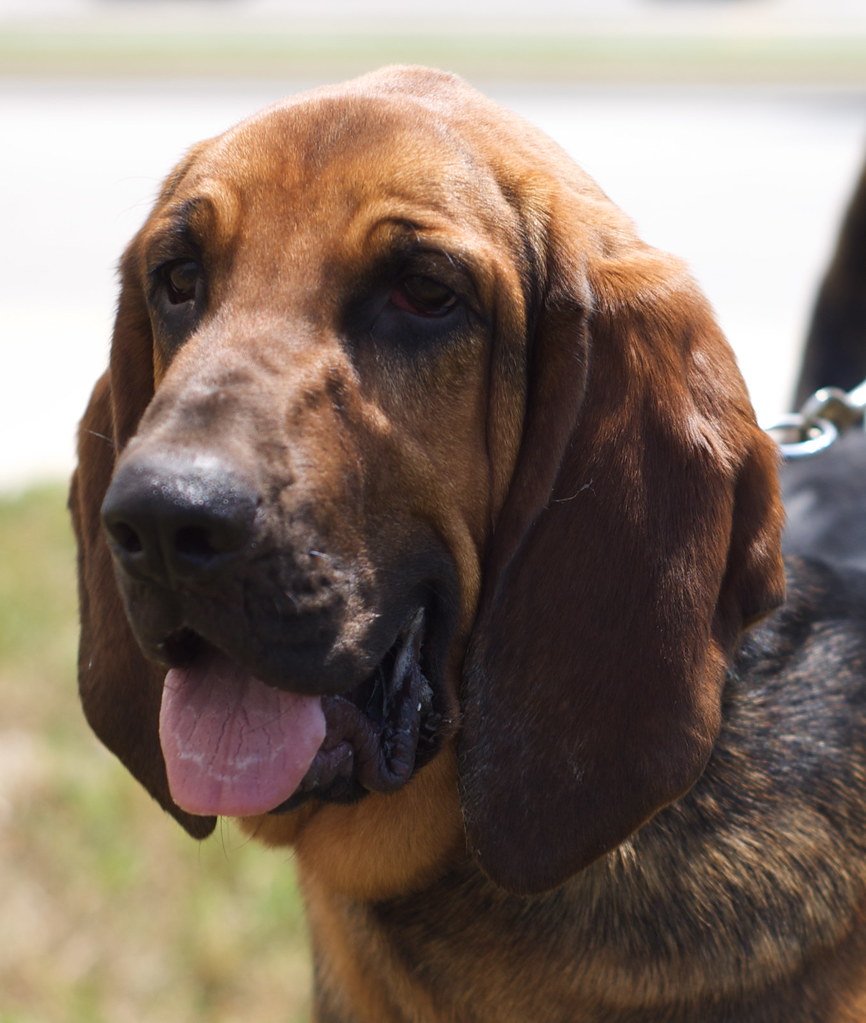
Bloodhounds are famous for their incredible sense of smell, but their tracking abilities come with a price: a single-minded focus. Once a Bloodhound picks up a scent, the rest of the world might as well not exist. This makes them challenging to train, especially in environments filled with distractions.
Standard obedience classes can feel pointless to a Bloodhound if they’re not mentally stimulated. They need jobs that engage their noses, like scent work or tracking games. Patience is a must, as they’ll often ignore commands if something more interesting catches their attention. Training a Bloodhound is all about harnessing their natural instincts, not fighting against them.
Beagle
Beagles are cheerful, curious, and incredibly social, but they’re also ruled by their noses. Originally bred for hunting, Beagles love to follow scents wherever they lead. This can make them appear stubborn or distracted during training sessions.
These dogs are smart, but traditional training methods can be a struggle—especially if there are more interesting smells around. Beagles need varied, engaging activities and lots of motivation. Boredom is their enemy, and when they check out, it’s tough to get them back on track. If you’re up for the challenge, training a Beagle can be rewarding, but it’s rarely straightforward.
Pekingese
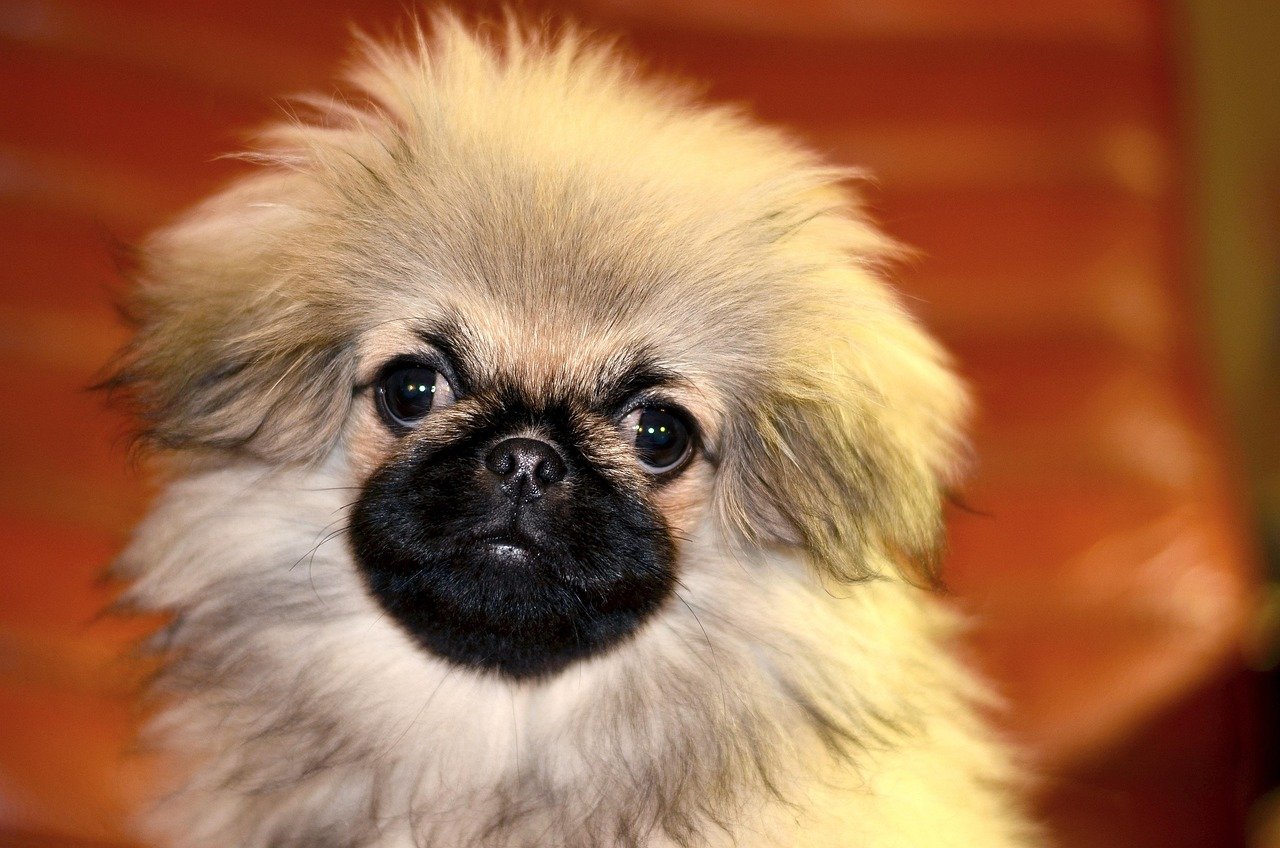
Pekingese are small, regal dogs with a history as companions to Chinese royalty. They carry themselves with pride and dignity, and they expect to be treated accordingly. This breed doesn’t appreciate being told what to do and often ignores commands that don’t suit them.
Traditional training methods can be hit-or-miss with a Pekingese. They respond best to gentle guidance and lots of respect. Harsh corrections or repetitive drills will only make them more stubborn. If you treat them like the little kings and queens they believe themselves to be, you might just earn their cooperation.
Bulldog
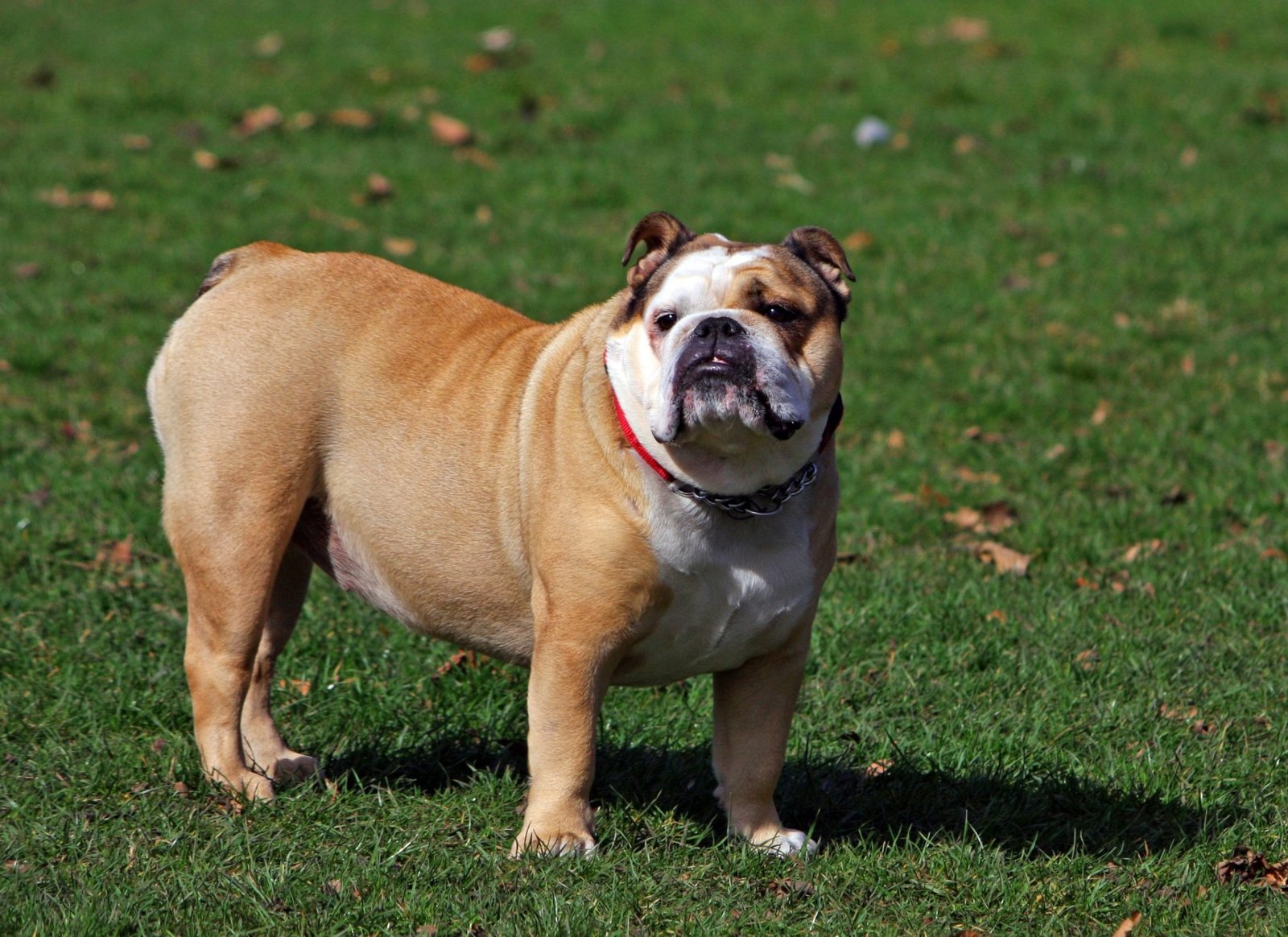
With their wrinkled faces and lovable personalities, Bulldogs are hard to resist. But don’t be fooled by their laid-back appearance—they can be incredibly stubborn. Bulldogs are intelligent, but they see no reason to rush or repeat something over and over.
Typical training methods often bore Bulldogs, and they’ll simply stop participating if they lose interest. Short, engaging sessions with lots of positive reinforcement work best. Bulldogs respond to patience and encouragement, not pressure. If you can make training feel like playtime, you’ll have much better luck with this breed.
Basset Hound
Basset Hounds are gentle and easygoing, but when it comes to training, their stubborn streak shines through. Like Beagles and Bloodhounds, Bassets were bred to track scents, and they get easily distracted by interesting smells. Once they’re focused on a scent, it’s nearly impossible to regain their attention.
Standard obedience training often falls short because Basset Hounds simply don’t care about performing for the sake of performing. They need training that incorporates their love of sniffing and exploring. Patience, humor, and creativity are your best tools when working with a Basset Hound.
Dachshund
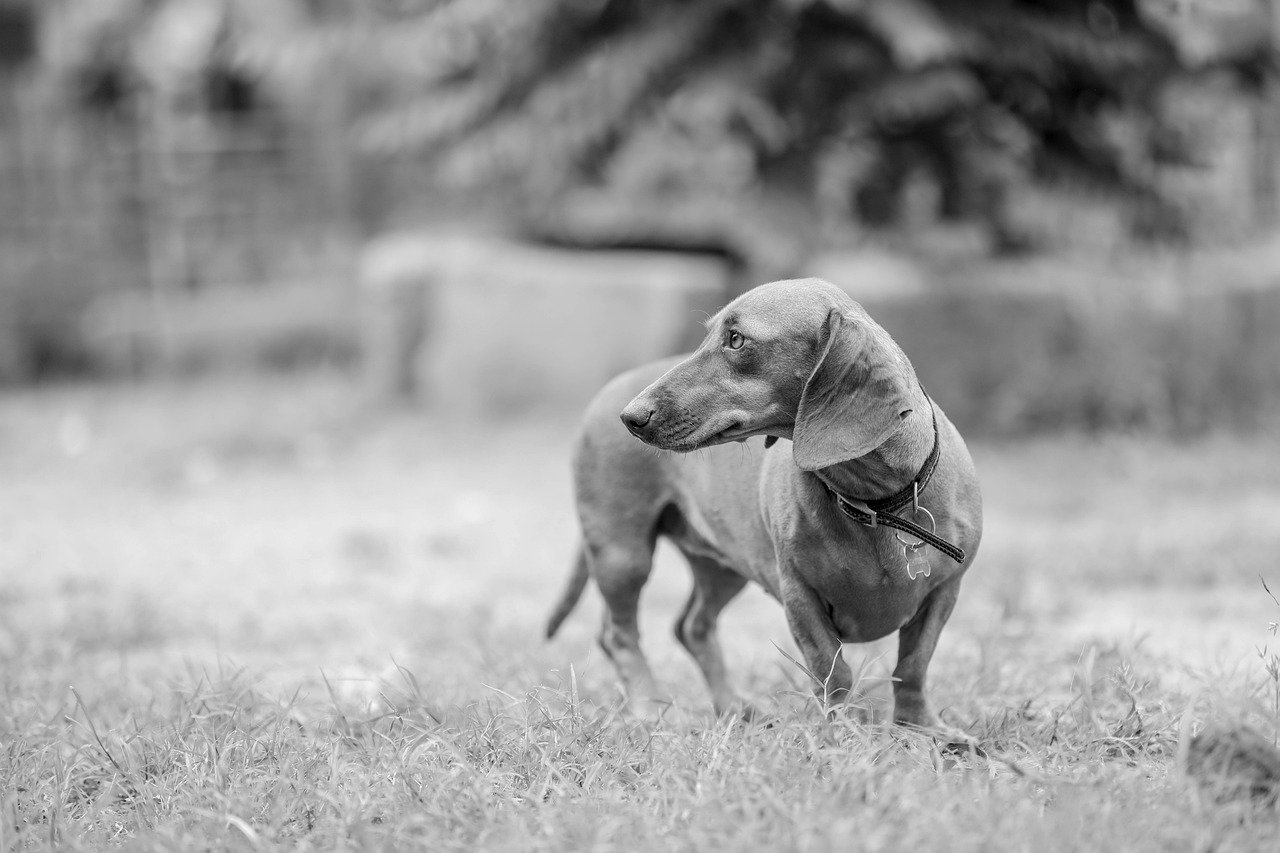
Dachshunds may be small, but their personalities are anything but. These determined little dogs were bred to hunt badgers, which means they’re brave, bold, and incredibly independent. Dachshunds quickly lose interest in repetitive training and will often try to outwit their owners.
Typical training methods need to be adapted for a Dachshund’s short attention span and stubborn nature. Sessions should be brief, fun, and full of variety. Harsh discipline never works with this breed—only patience and positive reinforcement. If you can keep things interesting, a Dachshund will surprise you with their cleverness.
Jack Russell Terrier
Jack Russell Terriers are energetic, intelligent, and always up for an adventure. However, their boundless energy can make them tough to train using conventional methods. Jack Russells get bored easily and need constant stimulation.
Traditional obedience classes often aren’t enough for this breed. Jack Russells thrive with agility training, games, and problem-solving challenges. If you don’t keep them engaged, they’ll find their own ways to have fun—usually involving a bit of chaos. Training a Jack Russell is a marathon, not a sprint, and requires endless patience.
Siberian Husky

Siberian Huskies are famous for their striking looks and wolf-like demeanor, but they’re also known for being incredibly stubborn. Bred to pull sleds across icy landscapes, Huskies had to think for themselves and work independently. This independent streak makes them resistant to typical training methods.
Huskies are intelligent, but they question authority and often ignore commands if they don’t see the point. They need training that’s engaging, consistent, and full of variety. If you try to boss them around, they’ll dig in their heels—or just run the other way. Living with a Husky means learning how to be creative and flexible in your training approach.
Lhasa Apso
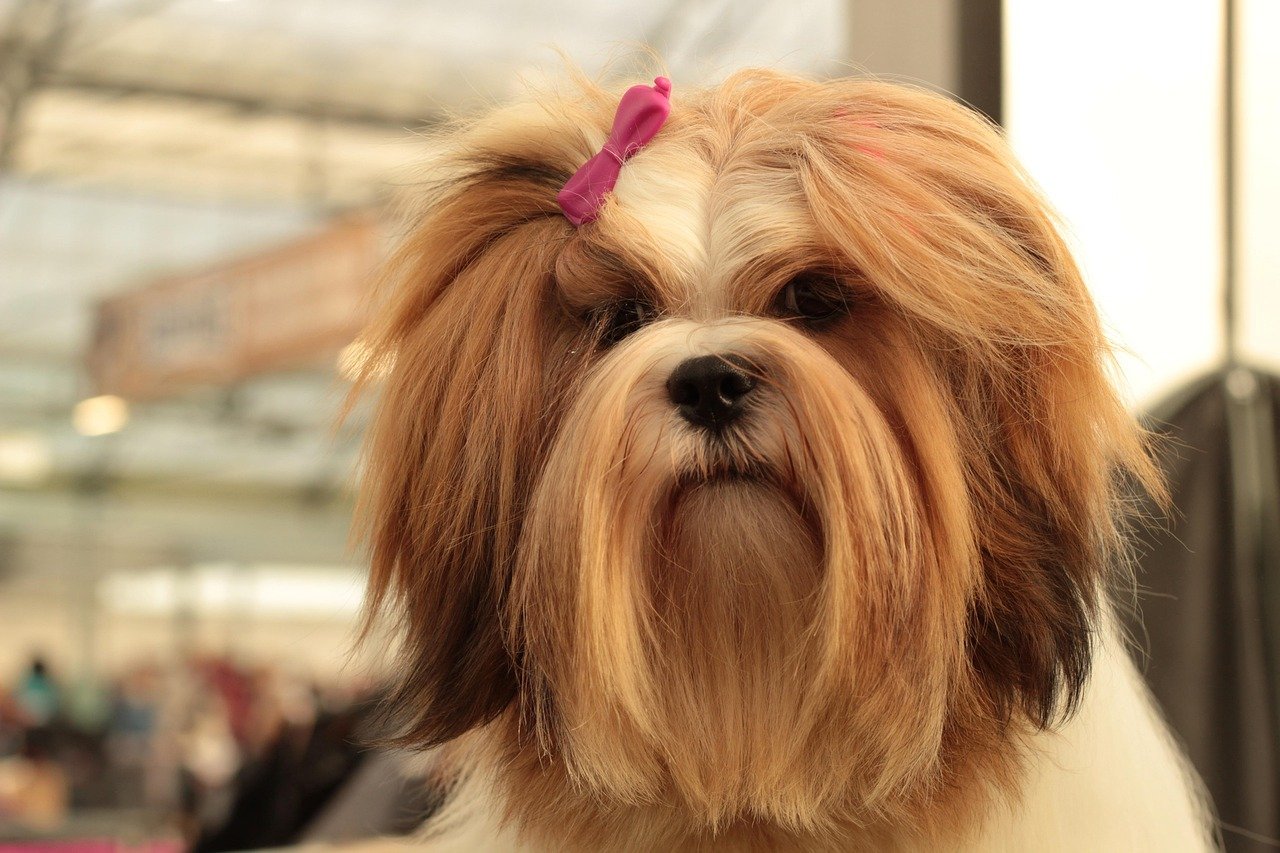
Lhasa Apsos are small, sturdy dogs with a big attitude. Originally bred to guard monasteries in Tibet, they’re alert, independent, and not easily impressed by authority. Lhasas have a reputation for being stubborn and wary of strangers, which can make training a challenge.
Standard obedience drills rarely hold their interest. Lhasa Apsos need training that’s respectful and low-pressure. They respond best to gentle guidance and lots of patience. If you try to force them, they’re likely to dig in their heels. With understanding and creativity, you can bring out the best in a Lhasa Apso, but it won’t be a quick or easy process.
Not all dogs learn the same way, and the 15 breeds we’ve explored prove that traditional, one-size-fits-all training methods don’t always work. These dogs often require creative, patient, and highly individualized approaches that honor their intelligence, independence, or sensitivity. Understanding a breed’s unique learning style is key to building trust and achieving real progress. With the right mindset—and sometimes a willingness to break the training mold—you can still raise a well-behaved, deeply bonded companion. After all, the most meaningful training results often come from adapting to your dog, not forcing them to adapt to you.

Sumi Sarkar from India holds a B Tech degree in Information Technology, is a freelance film maker, scriptwriter, content editor who loves animals, especially dogs.






